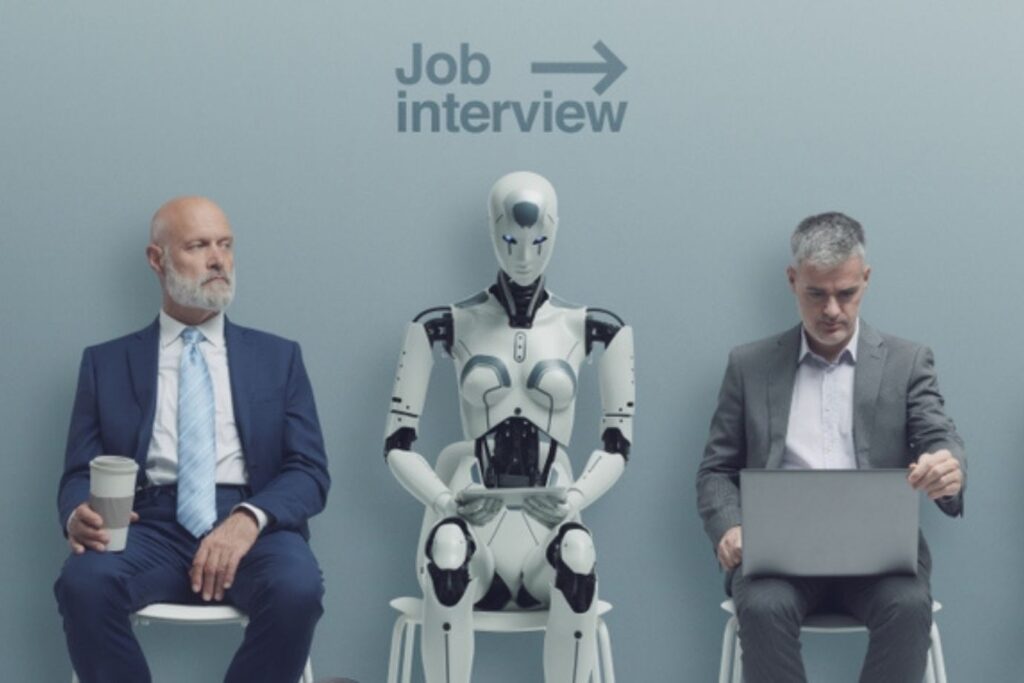The Australian government has released its interim response to the Safe and Responsible AI in Australia consultation, outlining its short-term action plan for the growing technology. However, there are concerns that no gender lens was applied in the interim response.
The Department of Industry, Science and Resources published the interim response on Wednesday afternoon, in reply to public submissions to the Supporting Responsible AI discussion paper from June-August 2023.
The Minister for Industry and Science Ed Husic said the interim response is a start to ensuring safety and responsibility remains at the forefront of AI growth in Australian industries, particularly high-risk settings.
“Australians understand the value of artificial intelligence, but they want to see the risks identified and tackled,” Minister Husic said.
“We have heard loud and clear that Australians want stronger guardrails to manage higher-risk AI.
“The Albanese government moved quickly to consult with the public and industry on how to do this, so we start building the trust and transparency in AI that Australians expect.”
We heard your feedback on our #ResponsibleAI consultation.#AusGov’s interim response will help influence future #AI regulation in the way that benefits people, government and business in Australia.
— Department of Industry, Science and Resources (@IndustryGovAu) January 16, 2024
Read more: https://t.co/K4WTM4EK7m pic.twitter.com/TgsMmrySXw
The key principles of the AI interim response from the government include testing, transparency and accountability.
In its response, the government said it is considering implementing mandatory guardrails for AI in high-risk settings by either amending current AI laws or creating new laws specific to AI.
While this is a long-term action plan for the government, Minister Husic said its short-term plan is to work with industry to develop a voluntary AI Safety Standard, voluntary labelling and watermarking of AI-generated materials and to establish an expert AI advisory group.
“We want safe and responsible thinking baked in early as AI is designed, developed and deployed,” Minister Husic said.
According to research from McKinsey and company, the growth of AI could boost Australia’s GDP anywhere between $170 billion and $600 billion per year by 2030.
Considering AI with a gender lens
In a recent report from the International Monetary Fund, it is estimated that AI will impact almost 40 per cent of jobs around the world, and around 60 per cent of jobs in advanced economies like Australia.
The report also found that women have higher exposure rates to AI than their male counterparts. Therefore, women face greater opportunities, yet greater risks, in the growth of AI in Australia.
While the interim response paper mentions general “bias and discriminatory outputs” that currently exist in AI, there is no specific mention of women or considering AI with a gender lens in the government’s interim response, something that concerns Tracey Spicer AM, author of Man-Made: How the bias of the past is being built into the future.
Speaking with Women’s Agenda, Spicer was disappointed the Albanese government did not consider the “safe and sensible approach” of the European Union’s AI Act, world-first legislation that ensures AI is “safe, transparent, traceable, non-discriminatory and environmentally friendly”.

“I can only assume that Big Tech has pulled the wool over the eyes of federal Ministers, who are solely focused on the potential benefits of AI to the economy,” Spicer said.
“The bias and discrimination deeply embedded in artificial intelligence is a human rights issue.”
Spicer said the “dirty data sets” that currently exist in the technology have unconscious bias embedded into its system, which worsens with machine learning. For example, when AI is used in the hiring process, studies show it discriminates against diverse people, including women, people with disabilities and older workers. It’s the same story in several other instances, Spicer said.
“If you’re applying for a home loan or credit card, you’re less likely to be approved by an automated system if you identify as a woman, or belong to a marginalised community,” she said.
“And medical algorithms regularly rob people over the age 50 of access to life-saving treatment.
“It’s appalling that this government has failed to put a gender lens, let alone an intersectional one, over this area.”
When asked on the consequences for women if a gender lens is not taken when looking at AI, Spicer referred to a quote from Dr Joy Buolamwini, a computer scientist and leader in advocacy against AI bias.
“We risk losing the gains made with the civil rights movement and women’s movement under the false assumption of machine neutrality,” Dr Buolamwini said.
Spicer said the government must take a gender lens when regulating AI, as they are “inextricably linked”.
“The government should put an intersectional lens on artificial intelligence, to create a fairer future for all,” Spicer said.
“Women cannot be left behind in the fourth industrial revolution. Data indicates that AI will replace four times as many women’s jobs than men’s. The fact that a so-called Labor government has failed to recognise this is, frankly, an epic fail.”


